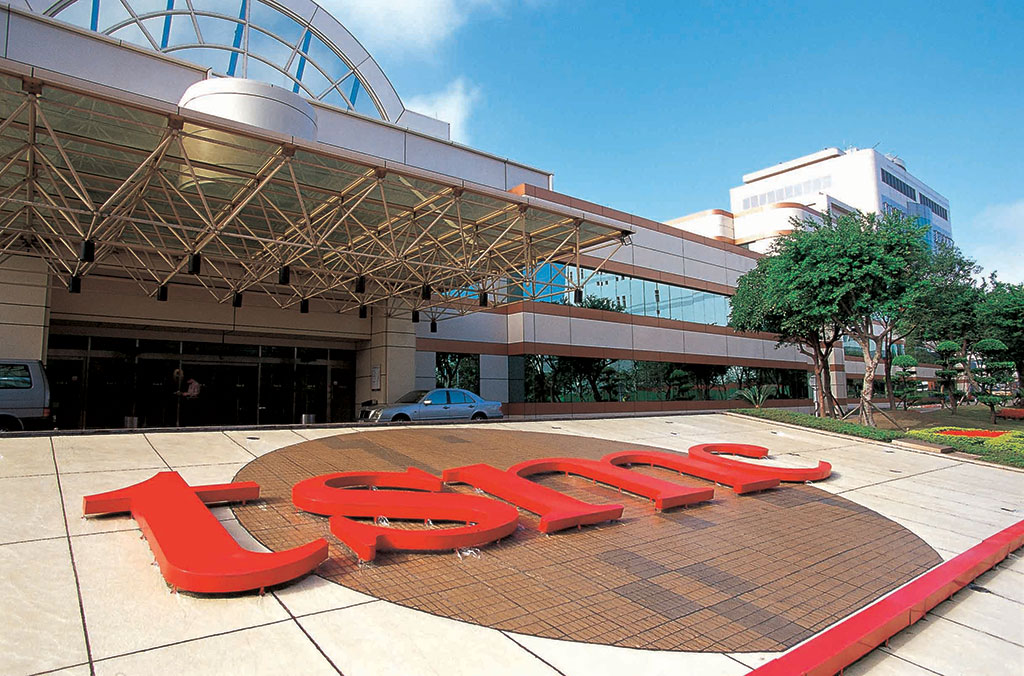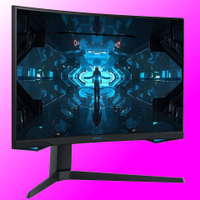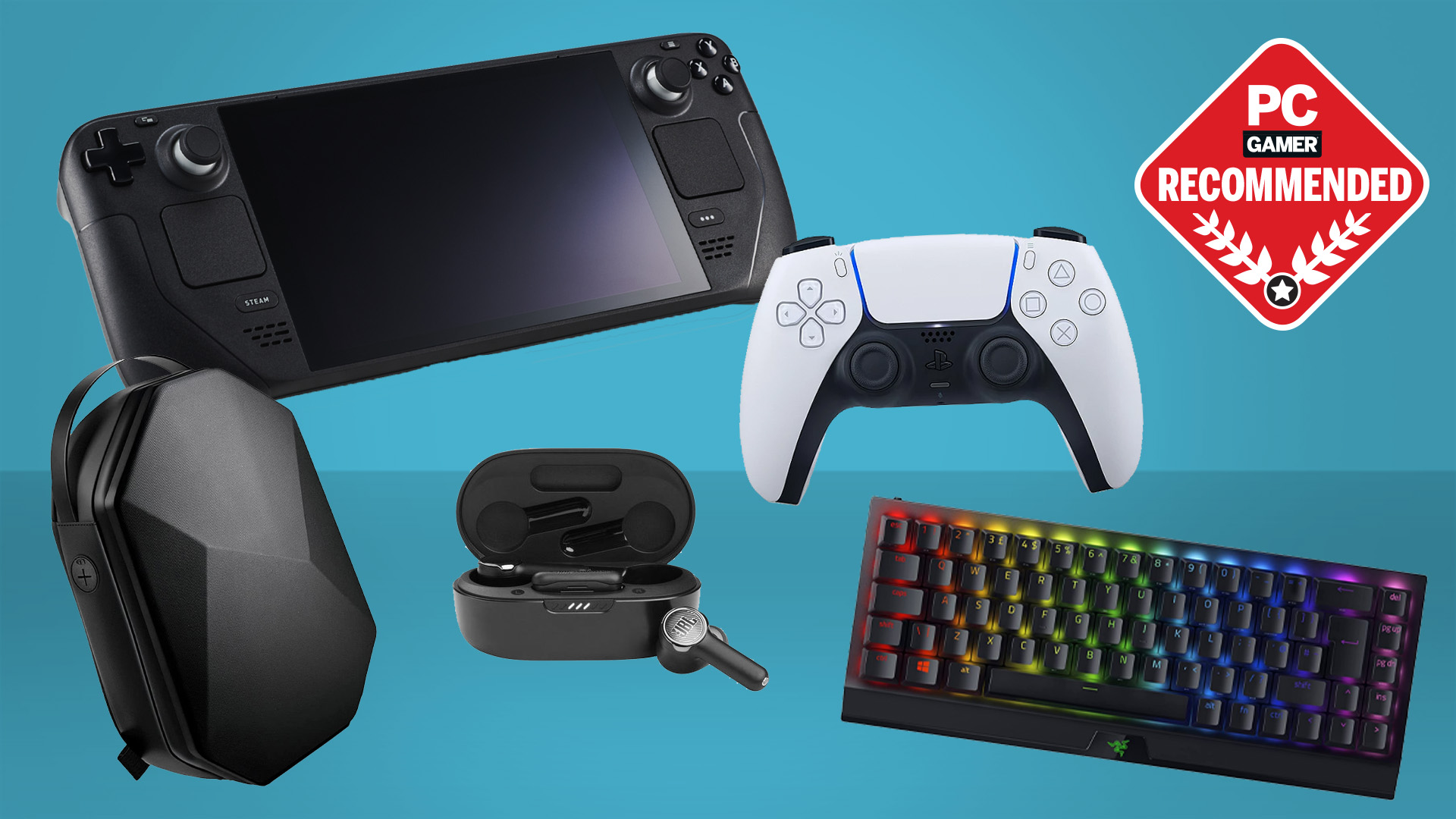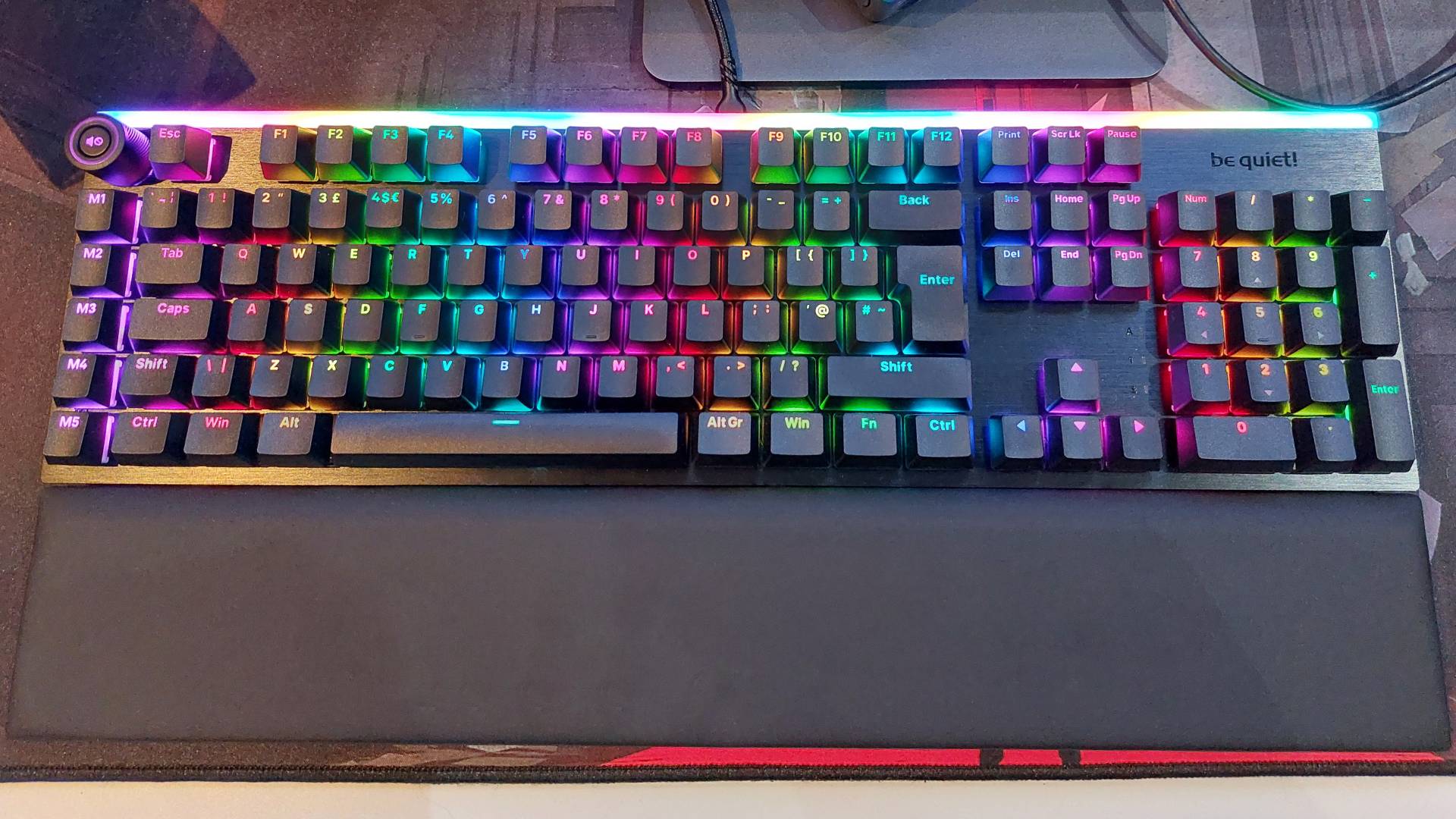Taiwan to drop new law restricting TSMC from allowing foreign fabs to produce leading edge nodes after company's $100 billion investment in US facilities
The law's designed to keep other countries one node behind Taiwan at all times.

Over the past few years things have changed rapidly in the silicon space. Whether it's legitimate shortages or government restrictions, the world of chip making just can't seem to catch a break. Now the new Trump tariffs have been taking effect, and Taiwan is fighting back with its prominent chip maker TSMC.
The introduction of tariffs alongside government incentives have been enough to entice chip makers, such as TSMC, to start investing more in offshore production. This means moving its world class fabrication facilities all over the globe. Production fabs have started cropping up over the EU and the United States, with TSMC investing over $100 billion into just the latter.
This large investment seems to have Taiwanese officials a bit on edge. According to WCCFTech, media in Taiwan have already reported on the passing of Article 22 of the Industrial Creation Ordinance, a policy created specifically to retain high-tech chip making for the country.
The ordinance ushers in a new "N-1" policy for Taiwan, which is pretty true to its namesake. Essentially the policy states that other countries can only fabricate chips up to 1 generation behind whatever wiz-bang production Taiwan is currently up to. If Taiwan is working on 1 nm or N1 chips, then all other countries with TSMC fabs can only go up to 2 nm or N2. Basically keeping the rest of the world back one node like a much larger bully keeping smaller children away with an outreached hand on their tiny frustrated foreheads, while their scrawny arms swing hopelessly into the air.
This isn't too much of an issue at the moments as TSMC's new overseas plants are designed to fabricate chips a few steps behind, anyway. In the United States, for example, the Arizona plant is set up to currently produce chips on a 4 nm process with sights set on 3 and 2 nm in the future. And they're looking to add a 30% tax to these United States made chips to boot. Freedom fries, indeed.
Still, making a policy for it does imply Taiwan is at least a little bit worried about the current state of affairs, and we can't really blame them. Between ever changing Trump tariffs and the constantly evolving state of tech production, the ground of silicon has become a shaky one to stand on.
Best gaming monitor: Pixel-perfect panels.
Best high refresh rate monitor: Screaming quick.
Best 4K monitor for gaming: High-res only.
Best 4K TV for gaming: Big-screen 4K PC gaming.
The biggest gaming news, reviews and hardware deals
Keep up to date with the most important stories and the best deals, as picked by the PC Gamer team.

Hope’s been writing about games for about a decade, starting out way back when on the Australian Nintendo fan site Vooks.net. Since then, she’s talked far too much about games and tech for publications such as Techlife, Byteside, IGN, and GameSpot. Of course there’s also here at PC Gamer, where she gets to indulge her inner hardware nerd with news and reviews. You can usually find Hope fawning over some art, tech, or likely a wonderful combination of them both and where relevant she’ll share them with you here. When she’s not writing about the amazing creations of others, she’s working on what she hopes will one day be her own. You can find her fictional chill out ambient far future sci-fi radio show/album/listening experience podcast right here. No, she’s not kidding.
You must confirm your public display name before commenting
Please logout and then login again, you will then be prompted to enter your display name.


